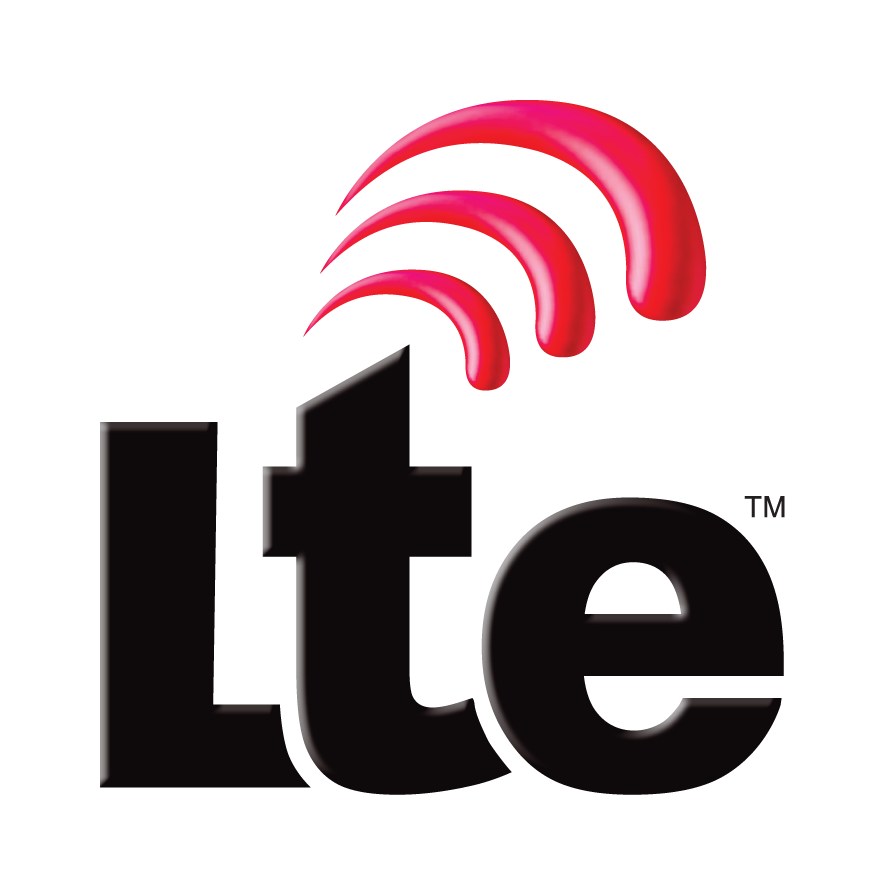In my last post we discussed how the network authenticated a subscriber, now we’ll look at how a subscriber authenticates to a network. There’s a glaring issue there in that the MME could look at the RES and the XRES and just say “Yup, OK” even if the results differed.
To combat this LTE networks have mutual authentication, meaning the network authenticates the subscribers as we’ve discussed, and the subscribers authenticate the network.
To do this our HSS will take the same random key (RAND) we used to authenticate the subscriber, and using a different cryptographic function (called g) take the RAND, the K value and a sequence number called SQN, and using these 3 inputs, generate a new result we’ll call AUTN.
The HSS sends the RAND (same as RAND used to authenticate the subscriber) and the output of AUTN to the MME which forwards it to the eNB to the UE which passes the RAND and AUTH values to the USIM.
The USIM takes the RAND and the K value from the HSS, and it’s expected sequence number. With these 3 values it applies the cryptographic function g generates it’s own AUTN result.
If it matches the AUTN result generated by the HSS, the USIM has authenticated the network.
